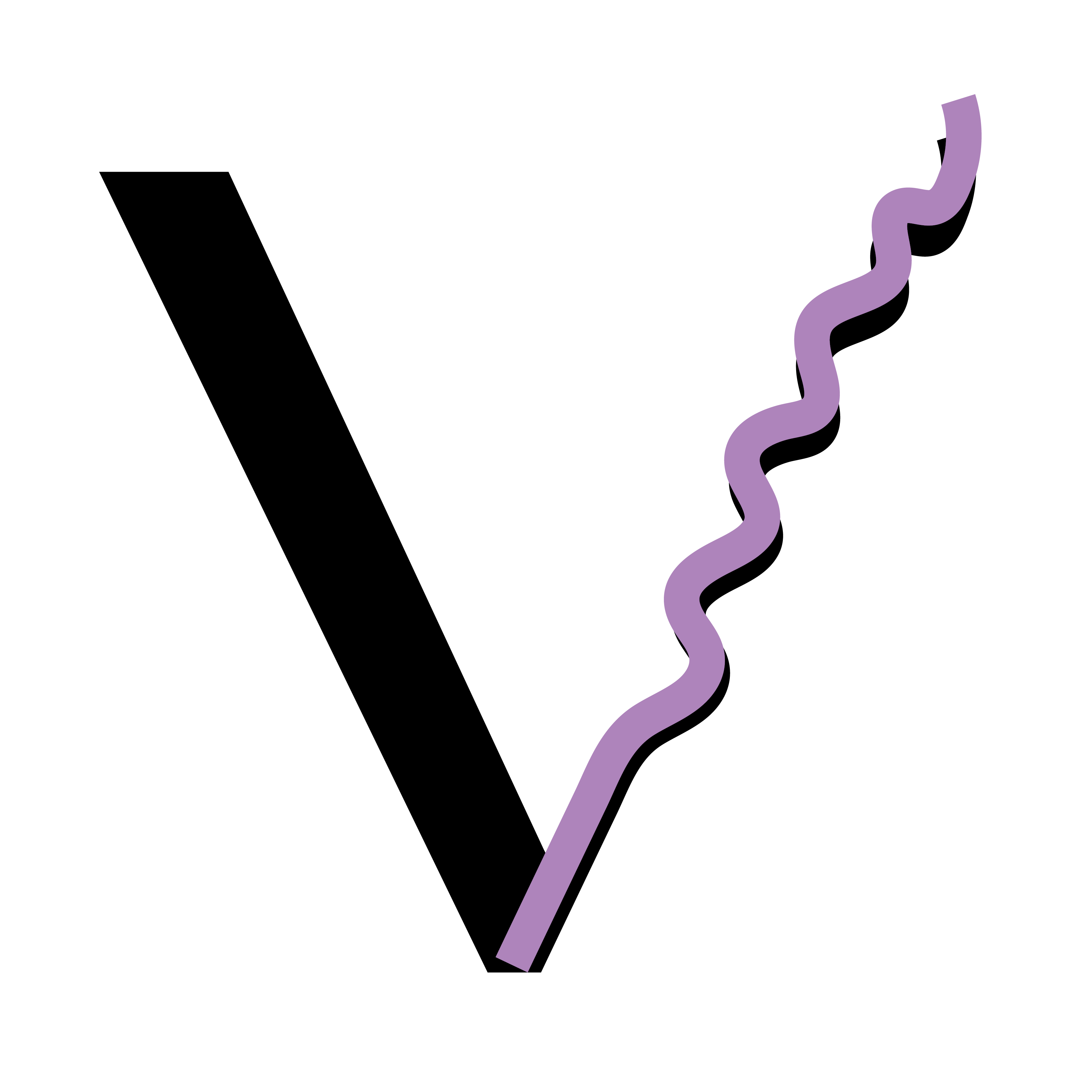The sense of the forest
Pin(k) A Place is a project that is pink and at a place. No, kidding, it is way more. Pin(k) a Place is an installation, an experience, a research, a lesson, a memory and many more things. Pin(k) a Place is an installation created for the Oerol Festival of 2017 on Terschelling by 14 multidisciplinary architecture students. It operates on the surface of the forest without substantially modifying it, striving to be reversible and impermanent while provoking reactions. The project introduces icons to the landscape and engages visitors physically and emotionally, choreographing a relationship between them and the forest. It aims to understand and document people’s perception of the landscape, opening a conversation with visitors, stimulating examination of the environment, and collecting individual findings to build a collectively authored archive of perceptions. Pin(k) a Place takes a curatorial approach to research, trying to improve the understanding of the perception of the landscape and searching for the sense of the forest.
Pin(k) a Place is a project that operates on the surface of the forest, overlapping the existing landscape without deleting or modifying it substantially. It is a project, which strives to be reversible; impermanent but at the same time trying to provoke reactions.
By introducing icons to the landscape and engaging the visitors physically and emotionally, it tries to choreograph a relationship in between the visitors and the forest. Thereby, the visitors of the forest become co-authors and an integrative part of this bottom-up investigative research project.
The intention behind this interactive research of people’s perception of the landscape is to understand and document what, where and why in the forest people feel most. By doing so, the project opens a conversation with the visitor, stimulates a conscious examination of the environment as well as an active participation in it. It locates and collects individual findings and builds a collectively authored archive of perceptions.
Taking a step away from the classical role as dominant creators and instead establishing a framework wherein the interaction can happen, Pin(k) a Place chooses a curatorial way of doing research, tries to improve the understanding of perception of the landscape – and ultimately, searches for the sense of the forest.





